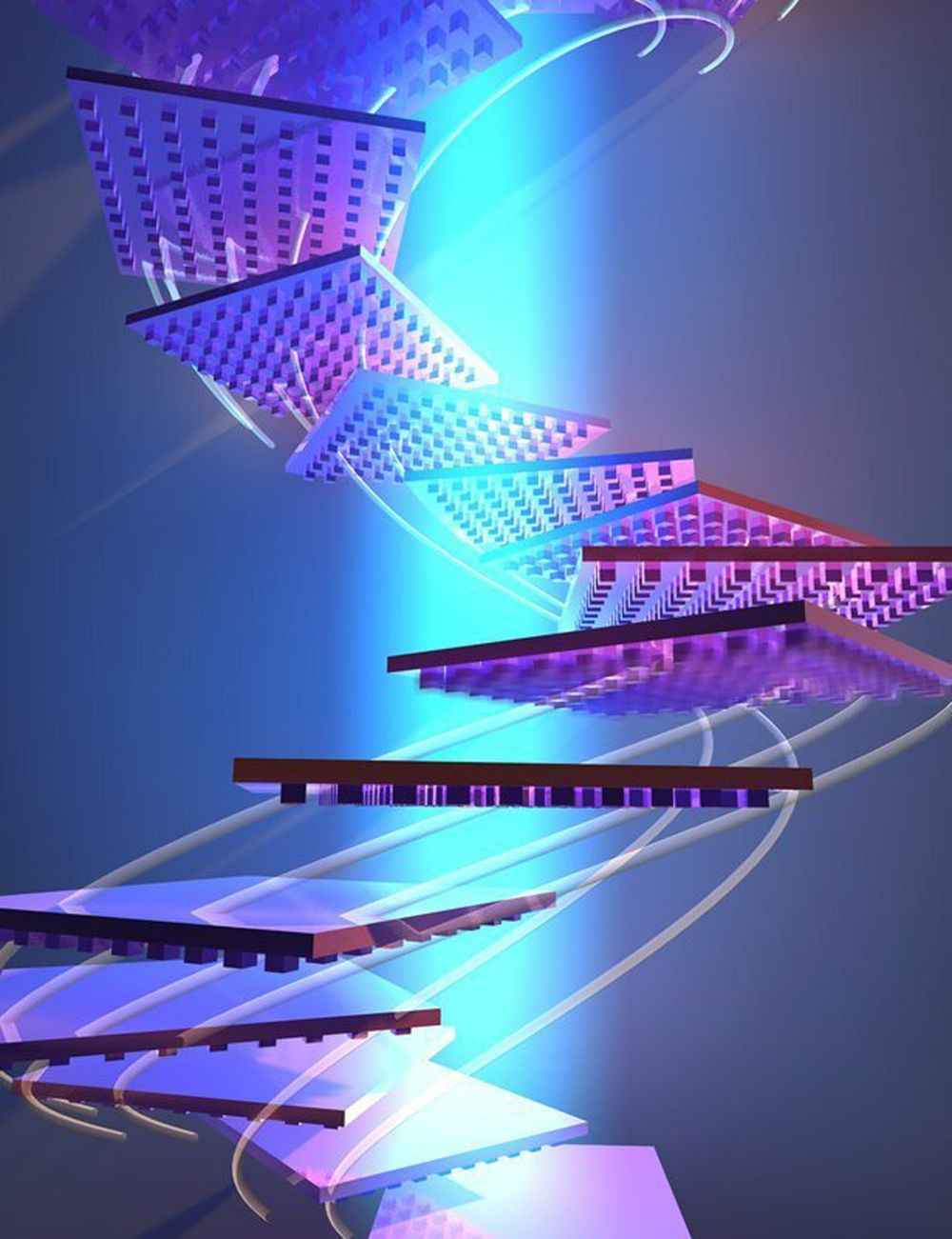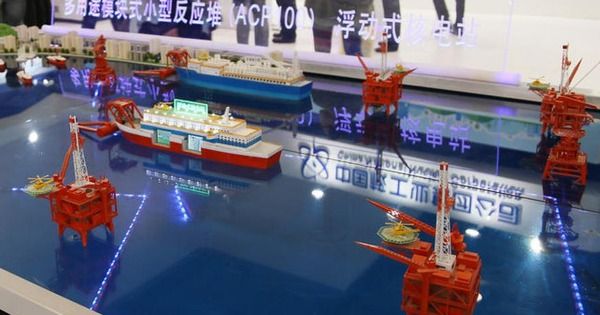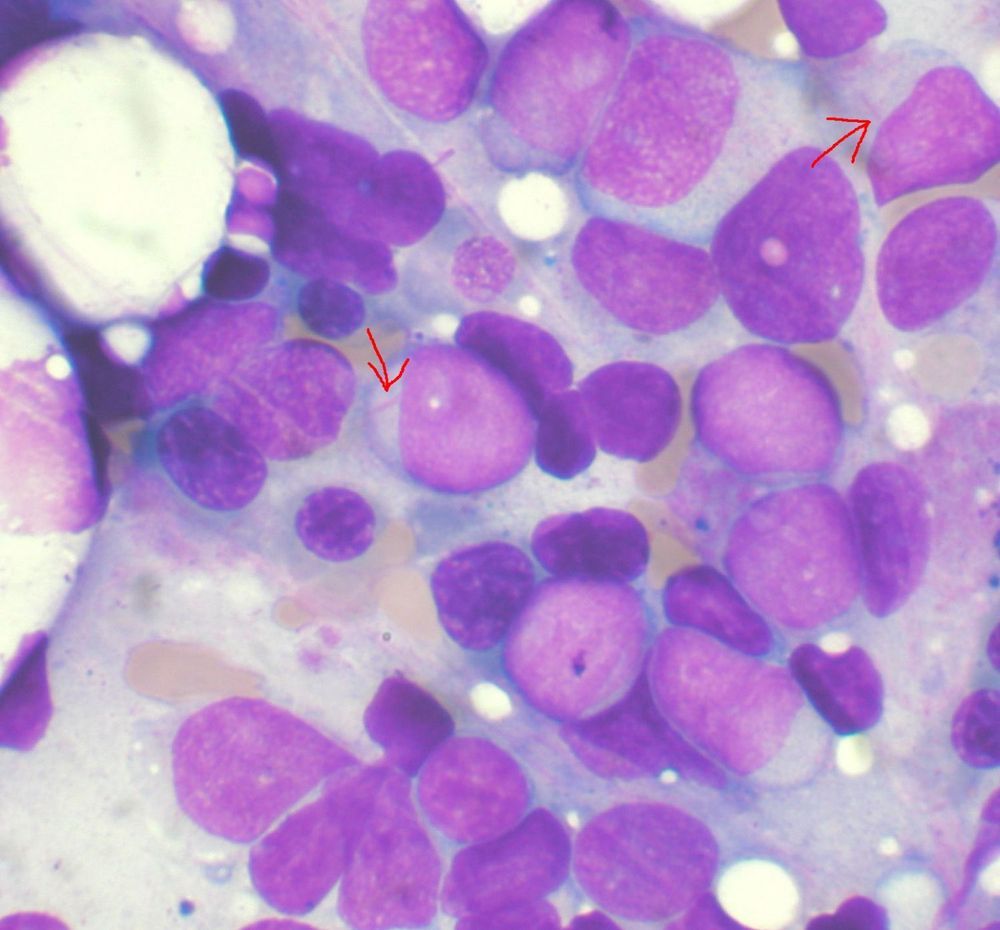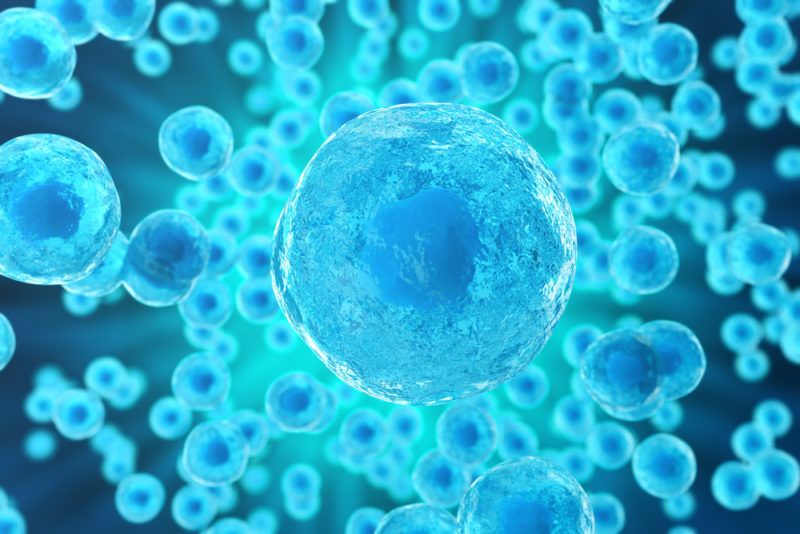Mar 21, 2019
Scientists have found a way to levitate objects with light
Posted by Genevieve Klien in categories: nanotechnology, space travel
Turns out the key to making things lighter than air is…light!
California scientists think they’ve found a way to make objects levitate using concentrated light — a theory that could even propel spacecraft farther than they’ve ever traveled before, according to a report.
Researchers at the California Institute of Technology believe that by covering the surfaces of objects with microscopic nanoscale patterns specially designed to interact with beams of light, they could be propelled without fuel — and potentially by light sources millions of miles away, according to Phys.org.
Continue reading “Scientists have found a way to levitate objects with light” »


















